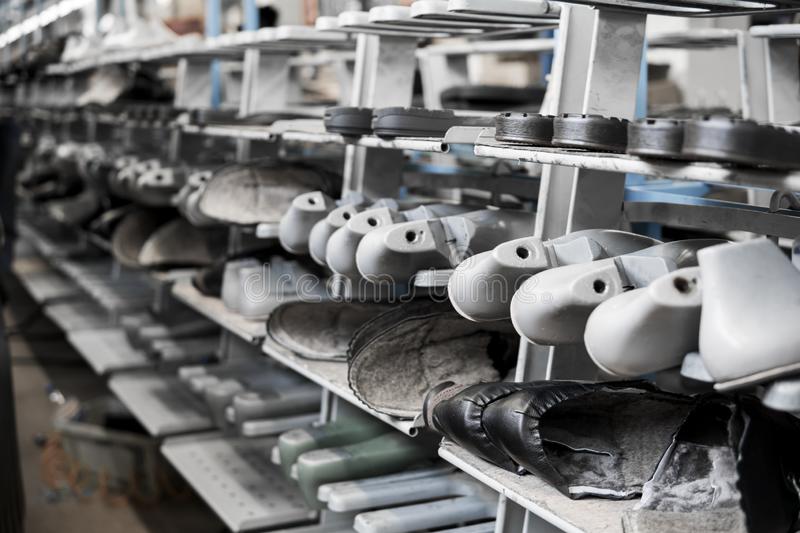Update:With the rapid development of water-based polyurethane in recent years, the types of water-based polyurethane raw materi...
With the rapid development of water-based polyurethane in recent years, the types of water-based polyurethane raw materials have become increasingly abundant. Due to the synthesis and technical characteristics of water-based polyurethane, there are still some differences between the raw materials used for water-based polyurethane and polyurethane elastomers. From the analysis of relevant literature, there are three types of raw materials commonly used in the preparation of waterborne polyurethane.
One: polymer polyols
The commonly used polymer polyols for the preparation of water-based polyurethanes are mainly polyether diols and polyester diols. In addition, there are also polymer polyols such as polyether triols, low branched polyester polyols, and polycarbonate diols. .
1) Polyether type waterborne polyurethane emulsion is characterized by good low temperature flexibility and good hydrolysis resistance. Polyoxypropylene glycol (PPG) is a commonly used polyoxypropylene glycol (PPG), and its price is lower than that of polyester glycol. The disadvantages are low adhesion and poor mechanical properties; the mechanical strength and hydrolysis resistance of the water-based polyurethane emulsion made from polytetrahydrofuran ether glycol are better. , but the price is high, and the polytetrahydrofurandiol-based water-based polyurethane emulsion, the adhesion to the substrate is not ideal, which also limits its widespread use.
2) Polyester water-based polyurethane emulsion is characterized by high strength and good adhesion, but because the hydrolysis resistance of polyester itself is worse than that of polyether, polyester water-based polyurethane prepared from general raw materials has a relatively stable storage period. short.
Two: Diisocyanate
The diisocyanates commonly used in the preparation of waterborne polyurethane emulsions include aromatic diisocyanates: TDI, MDI, etc.; there are aliphatic and alicyclic diisocyanates: IPDI, HDI, H12MDI, etc. The polyurethane waterborne emulsions made from them have higher hydrolysis resistance than those made from aromatic diisocyanates, so the waterborne polyurethane products have good storage stability.
Three: chain extender
There are two types of chain extenders commonly used in the preparation of waterborne polyurethane:
1) 1,4-Butanediol, ethylene glycol, diethylene glycol, hexanediol, ethylenediamine, diethylenetriamine, etc.;
2) Hydrophilic chain extender: dimethylol propionic acid (DMPA), dimethylol butyric acid (DMBA), dihydroxy half ester, etc.
Four: water-based polyurethane synthesis method
1. Solution method (also known as acetone method)
Dissolve the isocyanate group-terminated prepolymer in a solvent with a low boiling point that is miscible with water (acetone is the most commonly used, so this method is also called the acetone method), and react with a compound with a hydrophilic functional group to form a polyurethane ionomer. Water is added and stirred to realize phase transfer, and acetone is recovered by distillation to obtain water-based polyurethane emulsion.
2. prepolymer dispersion method
The first step in the process is to synthesize an end-NCO-based prepolymer first, then implant an ionic group to make it an ionic oligomer, and then add water to vigorously stir at a high speed. At this time, the formation of an aqueous dispersion of the polyurethane prepolymer and the chain extension reaction of the terminal -NCO groups with water occur simultaneously. Adding diamine as a chain extender can reduce the probability of -NCO reacting with water, so that the final water dispersion of polyurethane-urea is formed.
3. melt dispersion method
Polyester or polyether diol, tertiary amine and isocyanate are prepared in molten state to prepare prepolymer, and excess urea is used to terminate the formation of hydrophilic biuret ionomer, and then dispersed in formaldehyde solution to generate hydroxyl Methylation reaction generates methylol bis-biuret polyurethane oligomer, which can be diluted with water to obtain polyurethane biuret emulsion. The reaction of this method is easy to control, and a stable dispersion emulsion with fine and uniform particles can be obtained without a high-speed strong stirring device.
 Water based adhesive for shoe upper lamination
Water based adhesive for shoe upper lamination 
